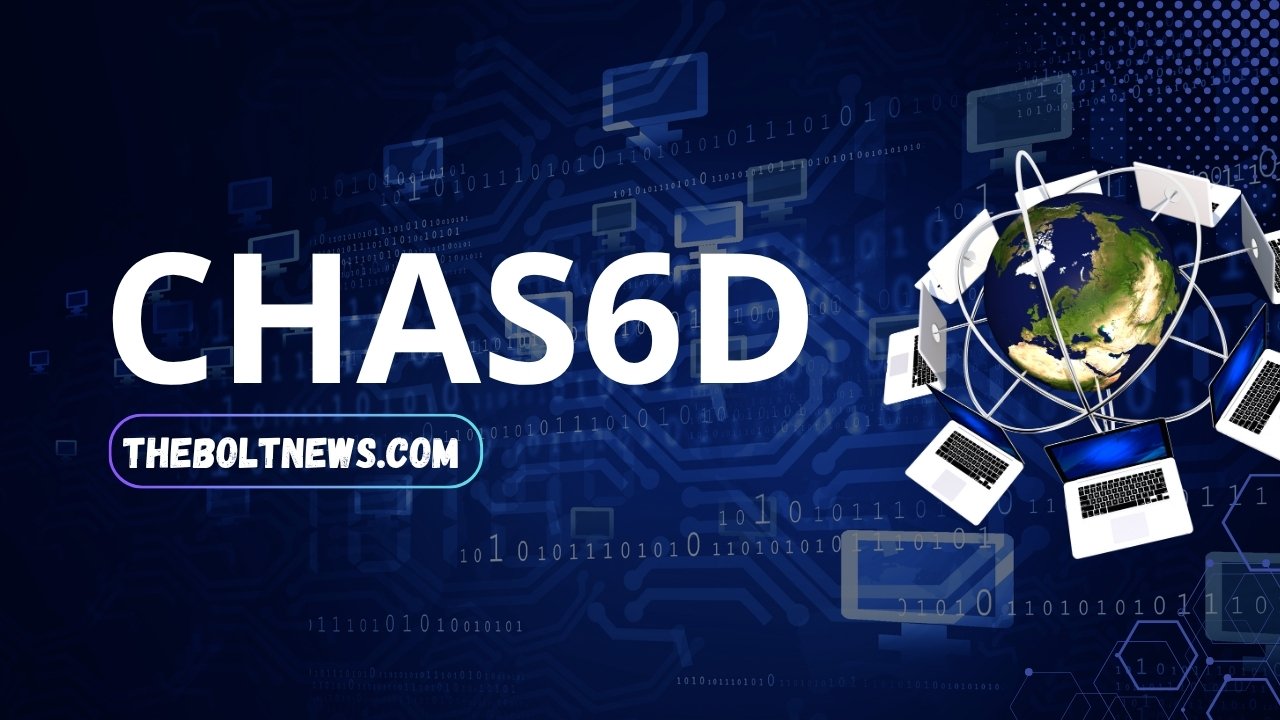Welcome to the future of computing! If you think you’ve seen it all in the digital world, brace yourself for CHAS6D. This groundbreaking technology is set to redefine our understanding of computation by introducing a revolutionary six-dimensional framework. As we explore this innovative concept, you’ll discover how it stands apart from traditional computing methods and what that means for various industries. Buckle up as we embark on an exciting journey through the evolution of computing, diving deep into the dimensions that make CHAS6D a game changer in today’s tech landscape.
The Evolution of Computing: From 2D to 6D
Computing has come a long way since its inception. Initially, it was confined to two dimensions. Early computers processed data in simple grids of ones and zeros.
As technology advanced, we moved into three-dimensional computing. This breakthrough allowed for more complex graphics and simulations, enhancing user experience significantly.
The leap to four dimensions introduced time as a factor. It enabled dynamic modeling where changes could be observed over time—transforming industries like gaming and architecture.
Now we stand on the threshold of six-dimensional computing with CHAS6D. Here, additional parameters provide unprecedented depth for analysis and interaction.
This evolution signifies not just an increase in dimensionality but also in our ability to comprehend complex systems more intuitively than ever before. The journey from 2D to 6D is reshaping how we approach problem-solving across various fields.
Understanding the Six Dimensions of CHAS6D
CHAS6D introduces a groundbreaking framework by expanding computing concepts into six dimensions. Each dimension offers unique functionalities that enhance data processing and interaction.
The first dimension is traditional spatial awareness—our familiar 3D space where most applications thrive. Next, we dive into the fourth dimension, which incorporates time, enabling dynamic simulations that change in real-time.
Fifth-dimensional capabilities introduce complex data relationships through multi-layered analytics. This allows systems to interpret and manipulate vast datasets intuitively. The sixth dimension transcends conventional limits by integrating elements like ethics and emotional intelligence into computation.
This holistic approach ensures machines not only process information but also understand context and human values. As a result, CHAS6D positions itself as a versatile tool for innovation across various sectors like healthcare, education, and entertainment, paving the way for more responsible technology integration.
Real-World Applications of CHAS6D
CHAS6D is already making waves in various industries. Its ability to process and analyze vast amounts of data simultaneously opens new possibilities for businesses.
In healthcare, CHAS6D enhances patient care by integrating and analyzing multiple data sources. This leads to personalized treatment plans based on comprehensive insights.
The gaming industry benefits significantly as well. Developers utilize six-dimensional computing for creating immersive virtual environments that respond dynamically to player actions.
Urban planning also sees a transformation with CHAS6D technology. City planners can simulate complex scenarios, improving infrastructure decisions through better predictive modeling.
Even climate science leverages this innovation. Researchers can study intricate environmental data patterns more effectively, leading to improved strategies for sustainability efforts.
Education sectors are not left behind either; interactive learning experiences become possible as students engage with content across multiple dimensions, enhancing understanding and retention.
Challenges and Limitations of Six-Dimensional Computing
Six-dimensional computing, while groundbreaking, faces several hurdles. One significant challenge is the complexity of data integration. Handling six dimensions requires advanced algorithms that can manage vast amounts of information simultaneously.
Another limitation lies in hardware capabilities. Current technology often struggles to support such intricate computations efficiently, leading to performance bottlenecks.
Security concerns also arise with CHAS6D systems. The increased interactivity and interconnectedness introduce new vulnerabilities that could be exploited by malicious entities.
Moreover, there’s a steep learning curve associated with understanding and utilizing six-dimensional frameworks effectively. Education and training will need to evolve rapidly to keep pace with these developments.
Ethical implications remain largely unexplored. As we push the boundaries of what’s possible in computing, society must consider how these advancements will impact privacy and decision-making processes across various sectors.
The Future of CHAS6D and its Impact on Society
The future of CHAS6D promises to reshape industries in ways we can only begin to imagine. As this technology evolves, it will enable unprecedented levels of data interaction and manipulation.
Smart cities may emerge, where infrastructure is managed with six-dimensional insights. Traffic flow could be optimized based on real-time analysis across multiple dimensions, leading to reduced congestion and enhanced urban planning.
In healthcare, CHAS6D can revolutionize patient care by integrating various datasets into a cohesive model that predicts health outcomes more accurately. This means personalized treatments tailored to individual needs might become the norm.
Education systems could also benefit from immersive learning experiences that adapt dynamically to student progress and engagement levels.
As society embraces these advancements, ethical considerations around privacy and data security must not be overlooked. Continuous dialogue will determine how these innovations harmonize with our values as they develop further.
Conclusion
The world of computing is on the brink of a revolutionary transformation with CHAS6D. As we have explored, this six-dimensional framework pushes beyond traditional boundaries, allowing for more sophisticated interactions and data processing capabilities.
Its real-world applications span various fields, from advanced simulations in scientific research to creating immersive experiences in virtual reality. While challenges remain—such as the need for enhanced hardware and software compatibility—the potential benefits are immense.
As society embraces these advancements, it opens doors to innovation that can reshape industries and improve everyday life. The future holds exciting possibilities with CHAS6D at its core, driving us toward an era where technology aligns seamlessly with human experience. Understanding and adapting to this shift will be crucial as we navigate the complexities of our increasingly digital world.

